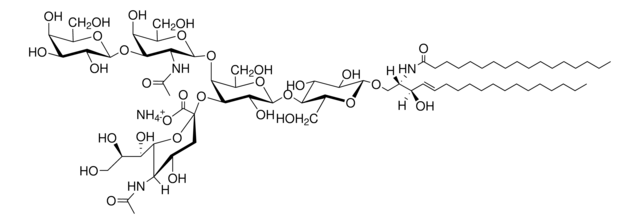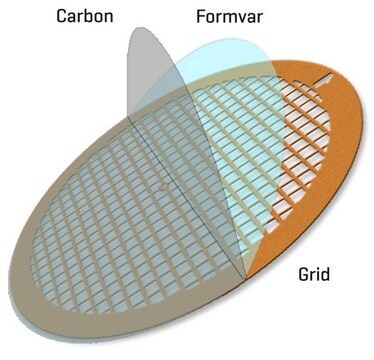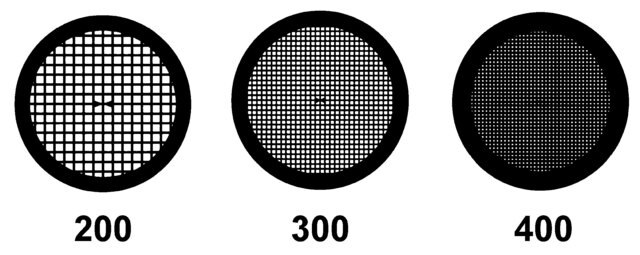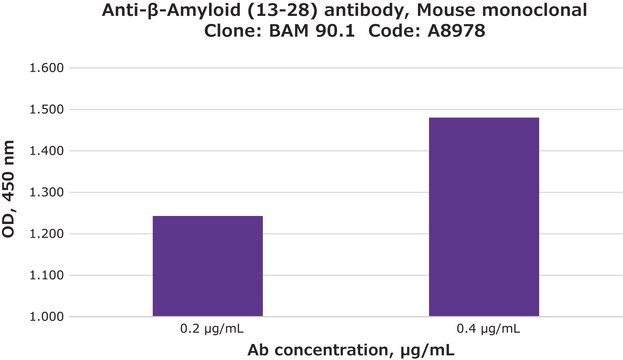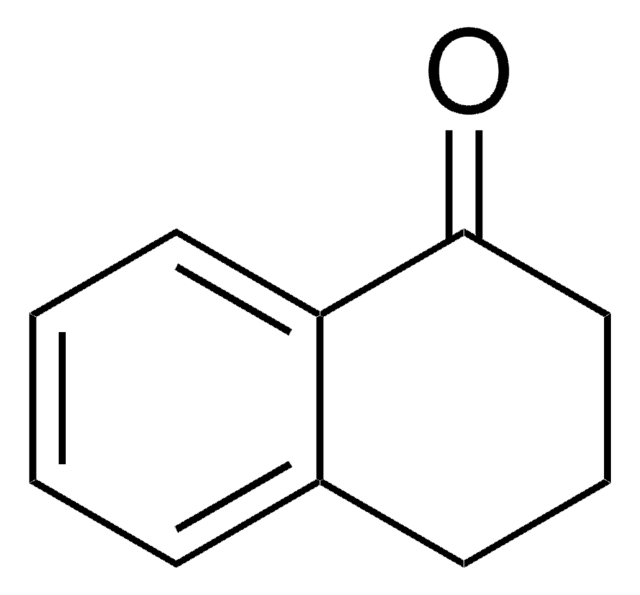ABN1671
Anti-HD-polyCys-Ct
serum, from rabbit
Synonym(s):
HD-RAN PolyCys, HD-PolyCys
Sign Into View Organizational & Contract Pricing
All Photos(1)
About This Item
UNSPSC Code:
12352203
eCl@ss:
32160702
NACRES:
NA.41
Recommended Products
biological source
rabbit
antibody form
serum
antibody product type
primary antibodies
clone
polyclonal
species reactivity
human
packaging
antibody small pack of 25 μL
technique(s)
immunocytochemistry: suitable
immunohistochemistry: suitable
western blot: suitable
isotype
IgG
target post-translational modification
unmodified
General description
Huntington disease (HD) is a progressive neurodegenerative disorder is caused by a CAG,CTG expansion in the HTT gene that results in the production of a mutant huntingtin protein (HTT) with polymeric expansions that accumulate in human brain with HD. PolyCys is an antisense repeat-associated non-ATG (RAN) translation protein that accumulate in various brain regions with toxic effects leading to microglial activation and neuronal loss. HD-RAN polyCys toxicity is shown to be comparable to that of polyGln. HD-RAN proteins are abundant in regions of the brain that are most affected by HD and these regions display pathologic features of HD, such as caspase-3 activity and microglial activation. HD-Ran protein accumulation and aggregation in HD brains are shown to be length dependent.
Specificity
This rabbit polyclonal antibody specifically detects RAN proteins with PolyCys.
Immunogen
A synthetic peptide corresponding to the C-terminus of the predicted polyCys frame of HD in the CTG direction (alpha-HD-Cys-Ct).
Application
Anti-HD-polyCys-Ct, Cat. No. ABN1671, is a highly specific rabbit polyclonal antibody that targets HD-polyCys-Ct and has been tested for use in Immunocytochemistry, Immunohistochemistry, and Western Blotting.
Immunocytochemistry Analysis: A representative lot detected HD-polyCys-Ct in Immunocytochemistry applications (Banez-Coronel, M., et. al. (2015). Neuron. 88(4):667-77).
Western Blotting Analysis: A representative lot detected HD-polyCys-Ct in Western Blotting applications (Banez-Coronel, M., et. al. (2015). Neuron. 88(4):667-77).
Western Blotting Analysis: A 1:750 dilution form a representative lot detected HD-polyCys-Ct in HEK293T cells transfected with HD-polyCys-Ct.
Immunohistochemistry Analysis: A representative lot detected HD-polyCys-Ct in Immunohistochemistry applications (Banez-Coronel, M., et. al. (2015). Neuron. 88(4):667-77).
Western Blotting Analysis: A representative lot detected HD-polyCys-Ct in Western Blotting applications (Banez-Coronel, M., et. al. (2015). Neuron. 88(4):667-77).
Western Blotting Analysis: A 1:750 dilution form a representative lot detected HD-polyCys-Ct in HEK293T cells transfected with HD-polyCys-Ct.
Immunohistochemistry Analysis: A representative lot detected HD-polyCys-Ct in Immunohistochemistry applications (Banez-Coronel, M., et. al. (2015). Neuron. 88(4):667-77).
Research Category
Neuroscience
Neuroscience
Quality
Evaluated by Western Blotting in HEK293Tcells transfected with HD-PolyCys-Ct.
Western Blotting Analysis (WB): A 1:1,000 dilution of this antibody detected in PolyCys in HEK293T cells transfected with HD-polyCys-Ct, but not in control cells.
Western Blotting Analysis (WB): A 1:1,000 dilution of this antibody detected in PolyCys in HEK293T cells transfected with HD-polyCys-Ct, but not in control cells.
Target description
~50 kda observed. Uncharacterized bands may be observed in some lysate(s).
Physical form
Rabbit polyclonal antiserum with 0.05% sodium azide.
Unpurified
Storage and Stability
Stable for 1 year at -20°C from date of receipt. Handling Recommendations: Upon receipt and prior to removing the cap, centrifuge the vial and gently mix the solution. Aliquot into microcentrifuge tubes and store at -20°C. Avoid repeated freeze/thaw cycles, which may damage IgG and affect product performance.
Other Notes
Concentration: Please refer to lot specific datasheet.
Disclaimer
Unless otherwise stated in our catalog or other company documentation accompanying the product(s), our products are intended for research use only and are not to be used for any other purpose, which includes but is not limited to, unauthorized commercial uses, in vitro diagnostic uses, ex vivo or in vivo therapeutic uses or any type of consumption or application to humans or animals.
Not finding the right product?
Try our Product Selector Tool.
Certificates of Analysis (COA)
Search for Certificates of Analysis (COA) by entering the products Lot/Batch Number. Lot and Batch Numbers can be found on a product’s label following the words ‘Lot’ or ‘Batch’.
Already Own This Product?
Find documentation for the products that you have recently purchased in the Document Library.
Monica Bañez-Coronel et al.
Neuron, 88(4), 667-677 (2015-11-22)
Huntington disease (HD) is caused by a CAG ⋅ CTG expansion in the huntingtin (HTT) gene. While most research has focused on the HTT polyGln-expansion protein, we demonstrate that four additional, novel, homopolymeric expansion proteins (polyAla, polySer, polyLeu, and polyCys)
Our team of scientists has experience in all areas of research including Life Science, Material Science, Chemical Synthesis, Chromatography, Analytical and many others.
Contact Technical Service
